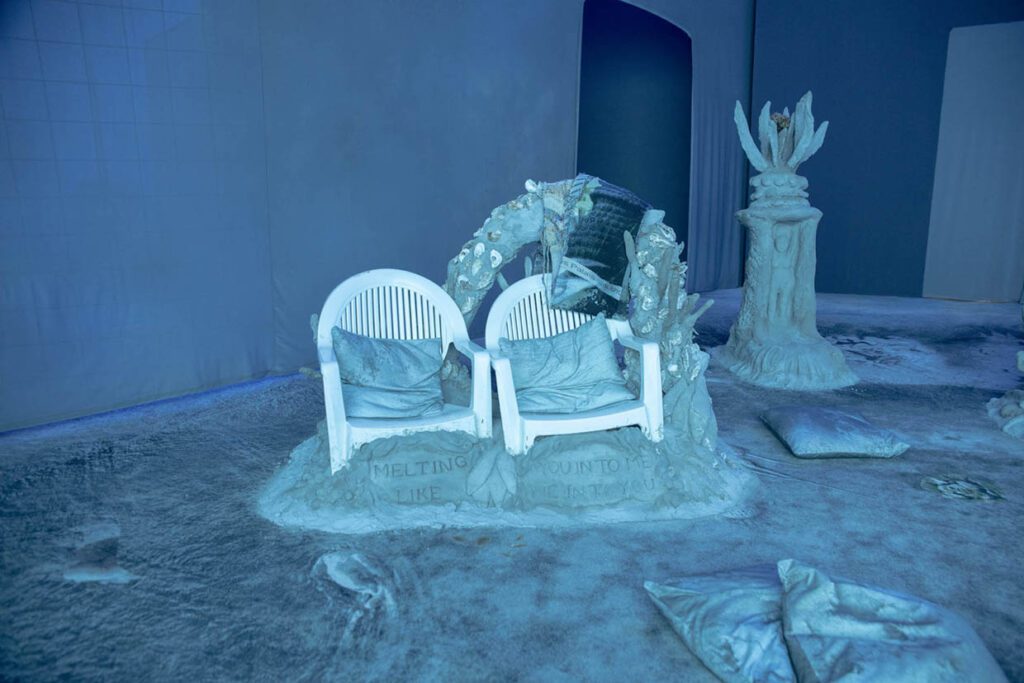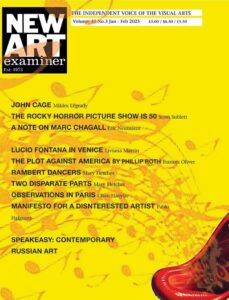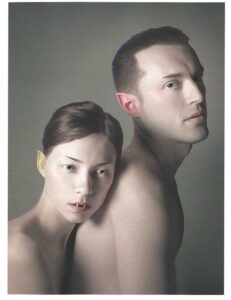
April, Milan. During the design week experts of the sector, tourists and members of the public give life to one of the most crowded and creative events of the year – where objects of design are almost a pretext to exhibit in noble palaces that reveal their beauty to the public on these special occasions or are shown inside fanciful installations.

Passing through the Bastioni of Porta Venezia, which originally marked the boundary between the city and the countryside, visitors are surprised by an unusual view: the two neoclassical gates, once used to levy tolls, are covered with hundreds of sacks of jute. The work is by the Ghanaian artist Ibrahim Mahama, called to Milan by the Trussardi Foundation. Either one decides to ignore it and move on, or curiosity forces the visitor to want to understand more. Coming closer one can see that the material is old and torn, ruined by the wear of time, but also with writings of the product it was supposed to contain. The bags were in fact used to transport cocoa, of which Ghana was the largest exporter in the last century. They tell us about working hands, about the labor and sweat of the workers. They talk about migration, globalization and the movement of goods and people across borders and nations.
Just as the sacks used to distribute food rations of the Marshall Plan, they served Alberto Burri as inspiration for his work. Mahama’s sacks are also fundamental elements of his research: symbol of the Ghanaian markets, they are woven in Asia and imported to Africa for the international transport of goods (cocoa, rice, beans …). Torn, patched, marked with various logos and names, the bags are the gauzes that wrap the wounds of history, symbols of conflicts and dramas consumed in the name of the global economy.

At the Universita’ Statale di Milano, among other works, there was an installation that denounced man’s exploitation of the environment: La Foresta dei Violini (the forest of violins) is a tribute to the woods of Paneveggio in Trentino, which a storm destroyed last October, razing 12 million trees to the ground. Among trees destroyed, there is also the prized red spruce from Val di Fiemme, which has always been used to make the harmonic cases of the finest violins. On a huge easel two 12-meter red fir trees from these woods were placed, under which for the entire design week students and professional musicians from the Conservatory played music. It was a celebration of nature, raped and neglected by man for years, as an invitation to look after our natural elements and to respect them.
These events increasingly emphasize the current situation, inviting us to reflect and sometimes indicating strategies to try and solve them.
Liviana Martin

